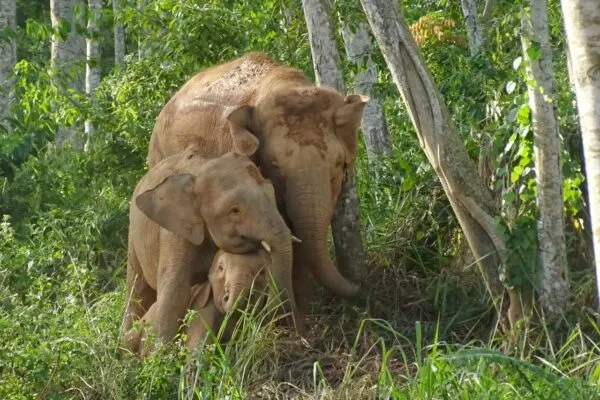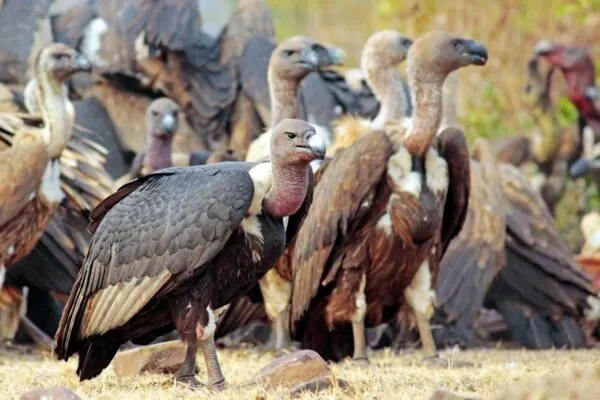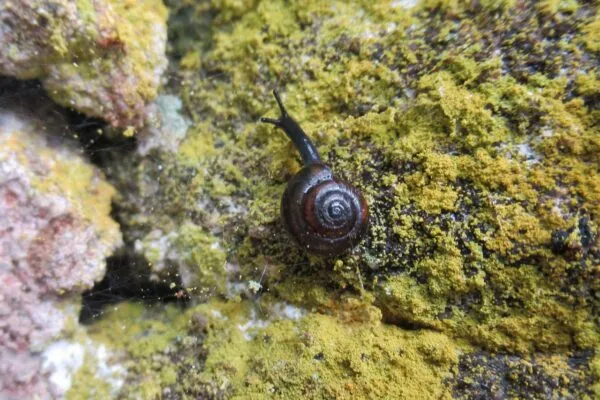New AI System to Track Endangered Wildlife with Satellite Imagery
Keeping track of the wild animals out in heterogeneous landscapes is quite difficult. However, new technology has emerged with a promise to expand the possibilities even further. Scientists have developed a new computer algorithm, an AI system that can be used to track untagged endangered wildlife in complex landscapes through satellite imagery.
Satellites have presented a powerful new tool when it comes to tracking endangered wildlife, with the movements of tagged animals able to be monitored with immense accuracy. The breakthrough came as a result of a collaboration between scientists at the University of Bath, the University of Oxford and the University of Twente.
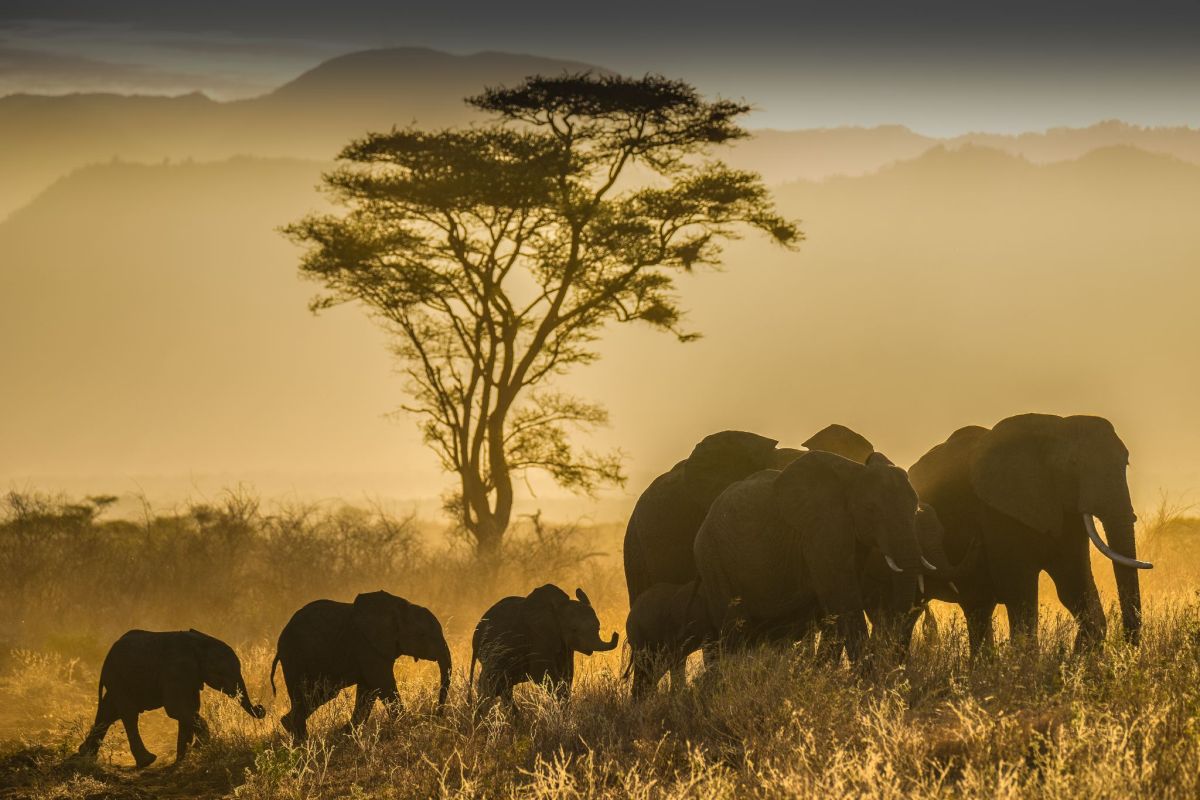
The scientists have developed a new AI system to track untagged endangered wildlife | Image: Charles Walker
The team used the largest land animals, endangered African elephants, on earth for their initial study. These animals can meander through exposed grasslands, covered woodlands and anything in between; therefore, using satellite imagery to spot them from space offered some unique challenges.
This type of work has been done before with whales, but of course the ocean is all blue, so counting is a lot less challenging. As you can imagine, a heterogeneous landscape makes it much hard to identify animals.
Says Dr. Isupova.
The computer scientists at the University of Bath created a deep learning algorithm that can scan satellite images of gigantic areas of land in minutes. They spotted the elephants with the same precision as human observers in low-flying aircraft. According to the team, it is the first technology to dependably monitor animals moving through a heterogeneous landscape using satellite imagery, which could prove important to conservationists in a number of ways.
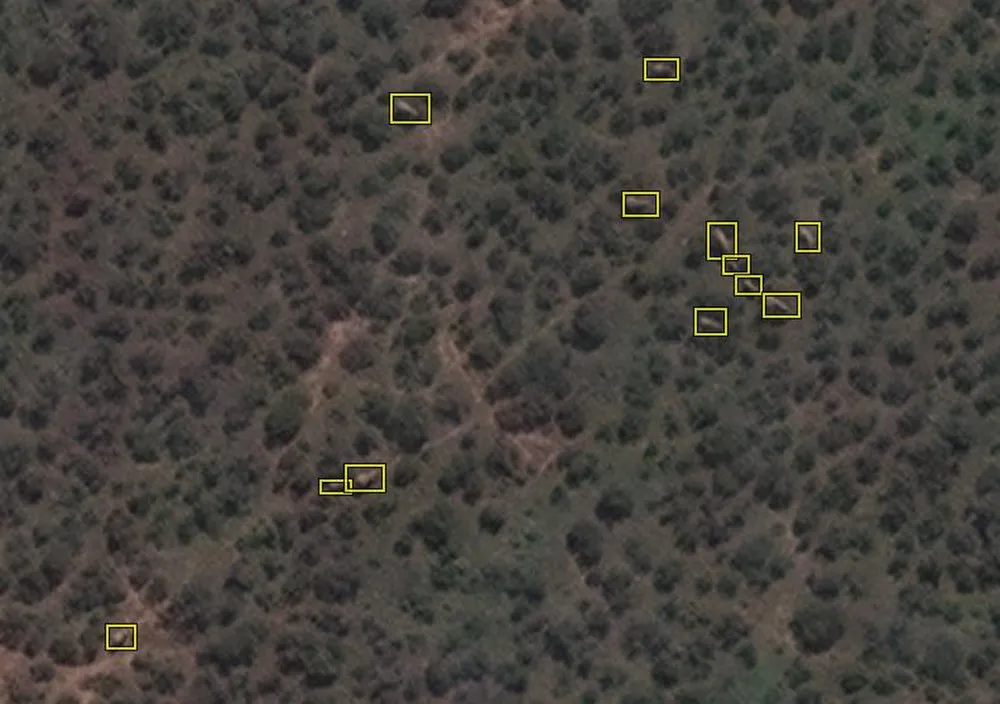
This new AI eliminates the need for tagging wild animals | Image: Maxar Technologies
Eliminating the need for tagging the animals aims not to disturb the creatures and humans would be safer from any harm that might befall while tagging the wild animals. Besides, it also makes it easier for endangered populations to be tracked as they migrate across international borders, reducing issues such as border controls or conflicts between countries.
Although elephants were used in these early phases of the research, the scientists anticipate that as the technology improves, it can be used to monitor animals much smaller in size. Apparently, the study was published in the Remote Sensing in Ecology and Conservation.
